Locked In Syndrome Statistics
Locked in syndrome statistics. LIS is caused by the. Locked-in syndrome can result from occlusion of the proximal and middle segments of the basilar artery or from hemorrhage involving that region. It is easily misdiagnosed and once identified a constellation of medical psychological social and ethical issues may ensue 37.
Because of complications such as aspiration and sepsis about 4070 of sufferers die in acute phase of illness. The majority of patients who develop locked-in syndrome are adults that have increased risk for strokes. Paralysis of the limbs and oral structures cranial nerve deficits and intact consciousness with retention of cognitive function and vertical eye.
Learn the statistics associated with locked-in syndrome and what the prognosis is for this condition. It may result from traumatic brain injury diseases of the circulatory system diseases that destroy the myelin sheath surrounding nerve cells or medication overdose. However advancements in medical care rehabilitation and communication technology have enabled many chronic locked-in syndrome patients to lead meaningful lives in the society with the help of family and friends.
Three were deceased with a median time of survival of 19 years. It is a condition for which there is no treatment or cure and it is extremely rare for patients to recover any significant motor. Locked-in syndrome affects around 1 of people who have as stroke.
1 Clinical experience has shown that classic locked-in syndrome from pontine infarction may improve but rarely to functional independence. It can also be caused by trauma central pontine. Locked-in syndrome may be classified into 3 categories.
Locked-in syndrome is a rare neurological disorder characterized by complete paralysis of voluntary muscles in all parts of the body except for those that control eye movement. 16 rows Locked-in syndrome is a rare neurological disorder characterized by complete paralysis of. Statistics suggest that patients diagnosed with locked-in syndrome and given good supportive care that includes communication via eye movements may have a 80 chance of 10-year survival.
Seven were still alive with a median time elapsed since onset of 58 years. Locked-in Syndrome LIS is a rare neurologic condition characterized by quadriparesis and an inability to articulate speech but with preserved self-awareness 12.
Locked-in syndrome is a rare neurological disorder characterized by complete paralysis of voluntary muscles in all parts of the body except for those that control eye movement.
Because of complications such as aspiration and sepsis about 4070 of sufferers die in acute phase of illness. It may result from traumatic brain injury diseases of the circulatory system diseases that destroy the myelin sheath surrounding nerve cells or medication overdose. The mean age estimated for the occurrence of the locked-in syndrome due to vascular causes is 56 years while the average age for its disease due to non-vascular factorsis estimated around 40 years Collado-Vázquez et al. LOCKED IN SYNDROME- LiS as a syndrome characterized by preserved awareness relatively intact cognitive functions and by the ability to communicate while be. LIS is caused by the. It is a condition for which there is no treatment or cure and it is extremely rare for patients to recover any significant motor. Locked-in syndrome LIS is a rare manifestation of stroke and is typically challenging for clinicians to diagnose taking an average of 78 days to uncover. Paralysis of the limbs and oral structures cranial nerve deficits and intact consciousness with retention of cognitive function and vertical eye. Learn the statistics associated with locked-in syndrome and what the prognosis is for this condition.
2 In a series of 14 patients with classic or total locked-in syndrome. The syndrome is characterized by the following findings. Statistics suggest that patients diagnosed with locked-in syndrome and given good supportive care that includes communication via eye movements may have a 80 chance of 10-year survival. The majority of patients who develop locked-in syndrome are adults that have increased risk for strokes. 1 Clinical experience has shown that classic locked-in syndrome from pontine infarction may improve but rarely to functional independence. However advancements in medical care rehabilitation and communication technology have enabled many chronic locked-in syndrome patients to lead meaningful lives in the society with the help of family and friends. It is a condition for which there is no treatment or cure and it is extremely rare for patients to recover any significant motor.
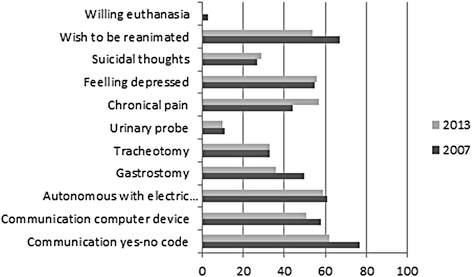





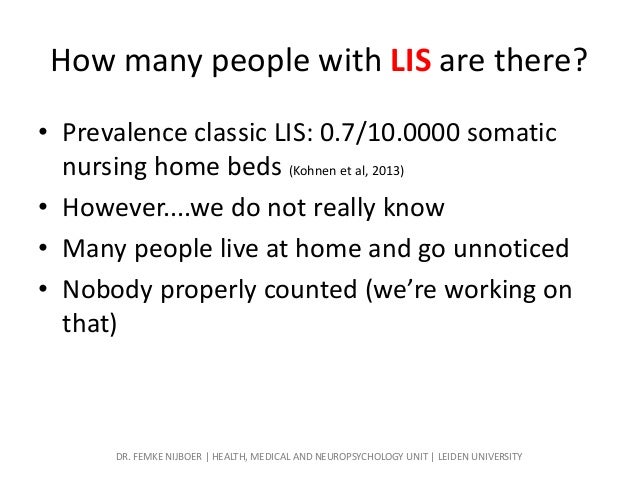








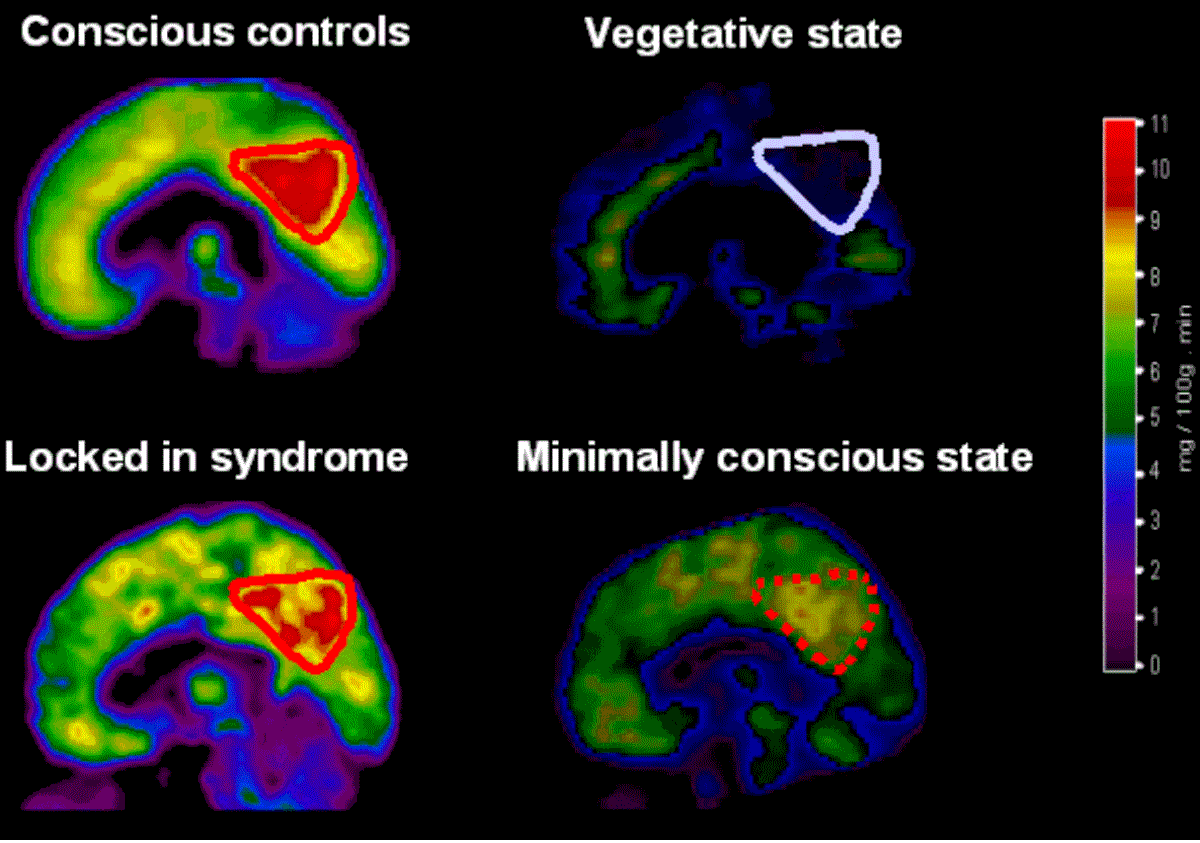


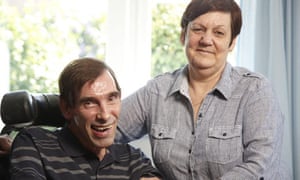

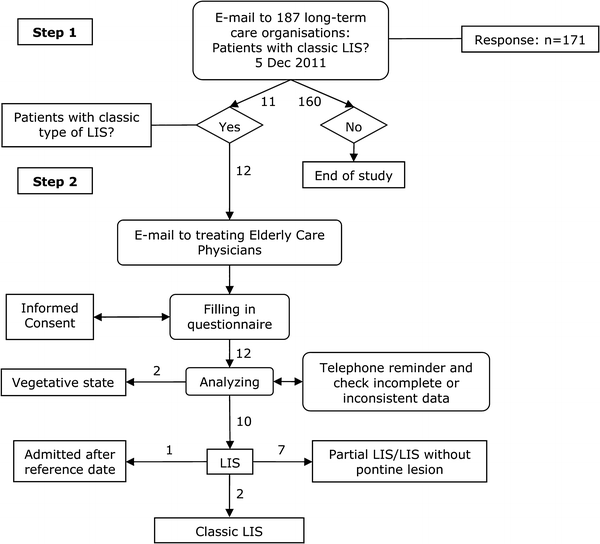




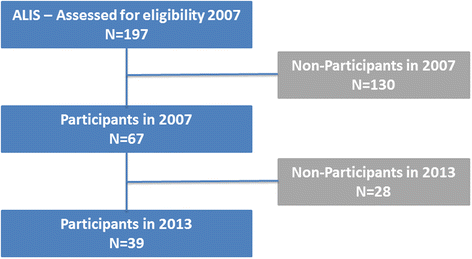

/what-is-the-pons-3146161_FINAL-7cb45dbfe02944b797a73e222fc82f3f.gif)








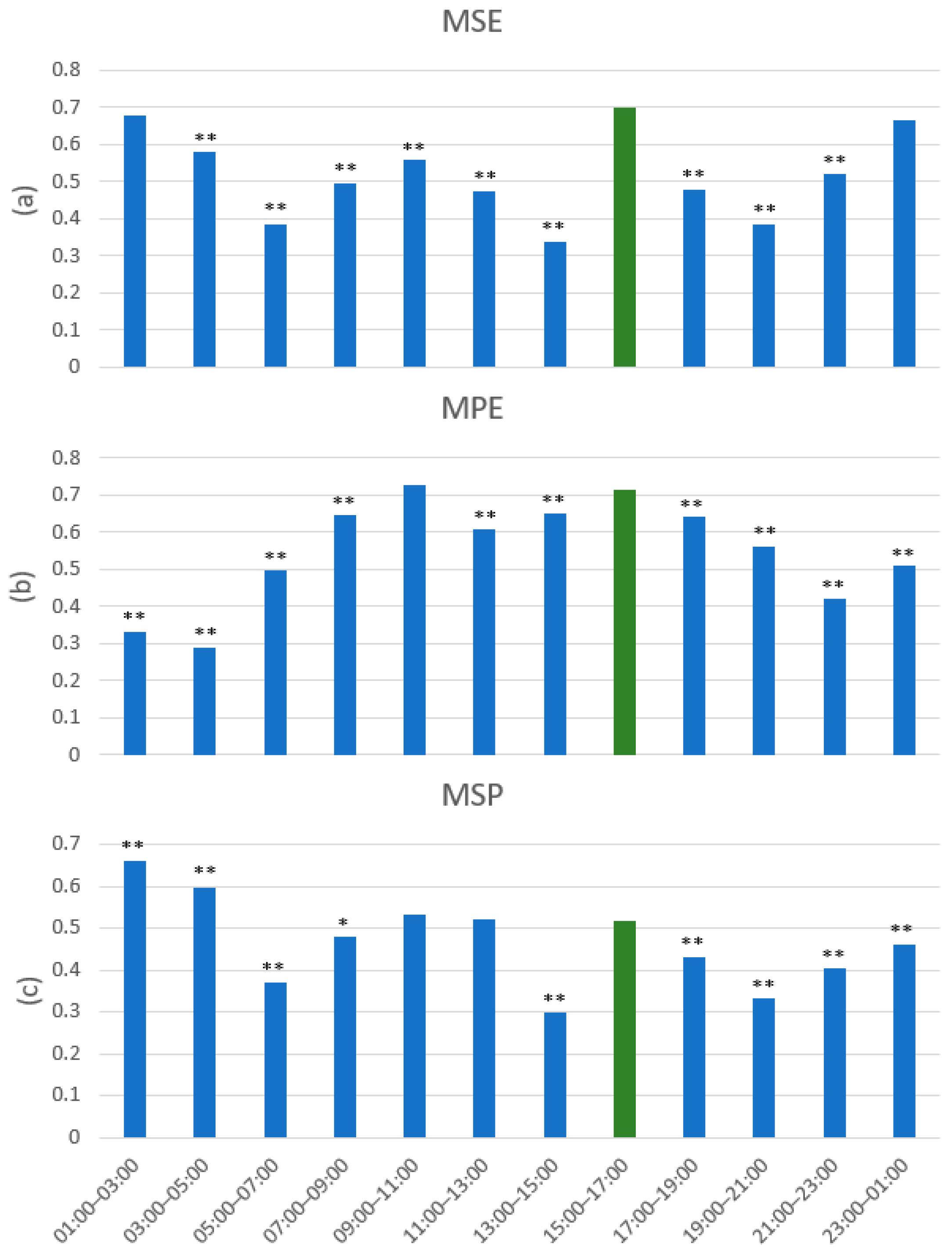
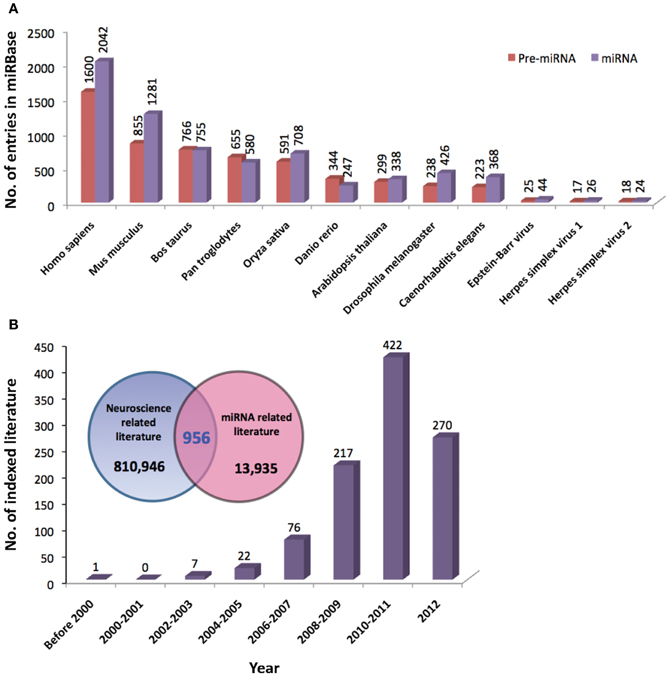

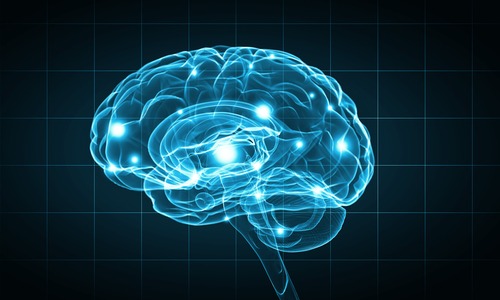



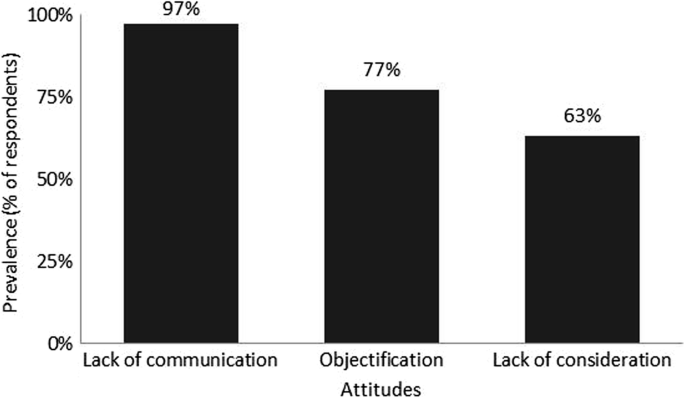
Post a Comment for "Locked In Syndrome Statistics"